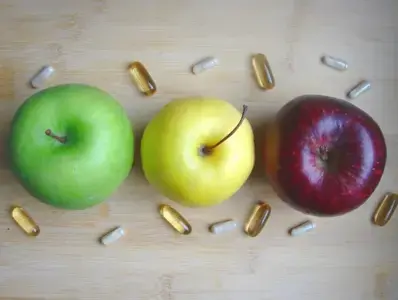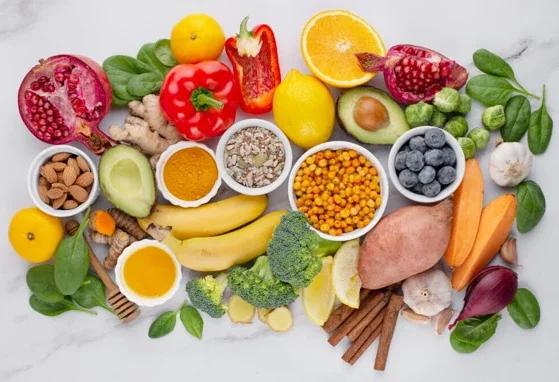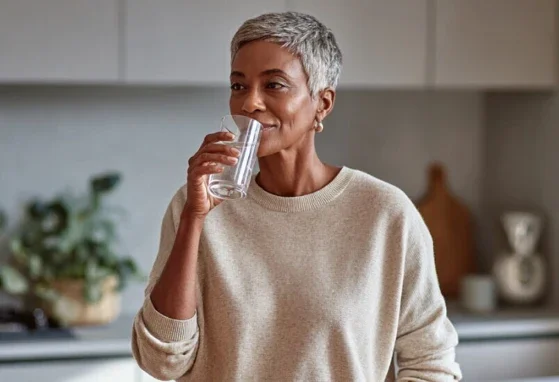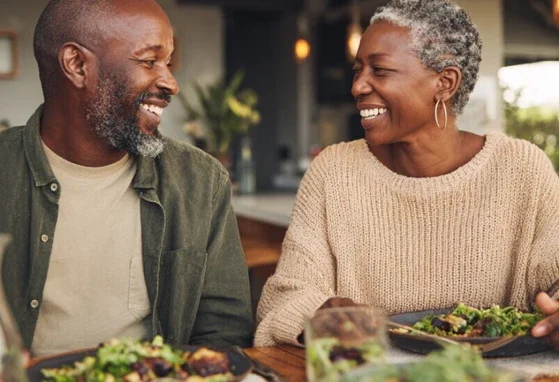THE PROANTIOXIDANT ACTIVITIES OF POPULAR ANTIOXIDANTS
2 min read
/
Nutrition & Disease Management
Nutrition Health & Wellness

Based on: Sotler et al. (2019). PROOXIDANT ACTIVITIES OF ANTIOXIDANTS AND THEIR IMPACT ON HEALTH. Acta clinica Croatica, 58(4), 726–736. https://www.ncbi.nlm.nih.gov/pmc/articles/PMC7314298/
- Vitamin C
- A potent antioxidant
- Vitamin C can function as a prooxidant depending on the dose
- It has an antioxidant effect in case of low dose (30 - 100 mg/kg body weight) but a prooxidant effect in case of high dose (1 000 mg/kg body weight)
- Alpha-tocopherol
- A potent antioxidant
- A harmful prooxidant in high concentrations
- When reacting with ROS, alpha-tocopherol becomes a radical, and if there is not enough vitamin C for its regeneration, it remains in the reactive state
- Beta-carotene
- Prooxidant activity of beta-carotene is dependent on its interaction with biological membranes and the presence of co-antioxidants (such as vitamin C)
- At higher oxygen tension, beta-carotene loses its effectiveness as an antioxidant
- A systematic review and meta-analysis revealed increased mortality rates after prolonged use of supplements with beta-carotene, vitamin A and vitamin E
- Flavonoids
- Act as prooxidants in the systems that contain transition metals
- Flavonoids, such as quercetin and kaempferol, induce DNA damage and lipid peroxidation in the presence of the transition metal
- Phenolics
- Display prooxidant effects, especially in systems that encompass redox-active metals
- The presence of iron or copper catalyses their redox cycling and may lead to the formation of phenolic radicals, which damage lipids and DNA
If you liked this post you may also like




